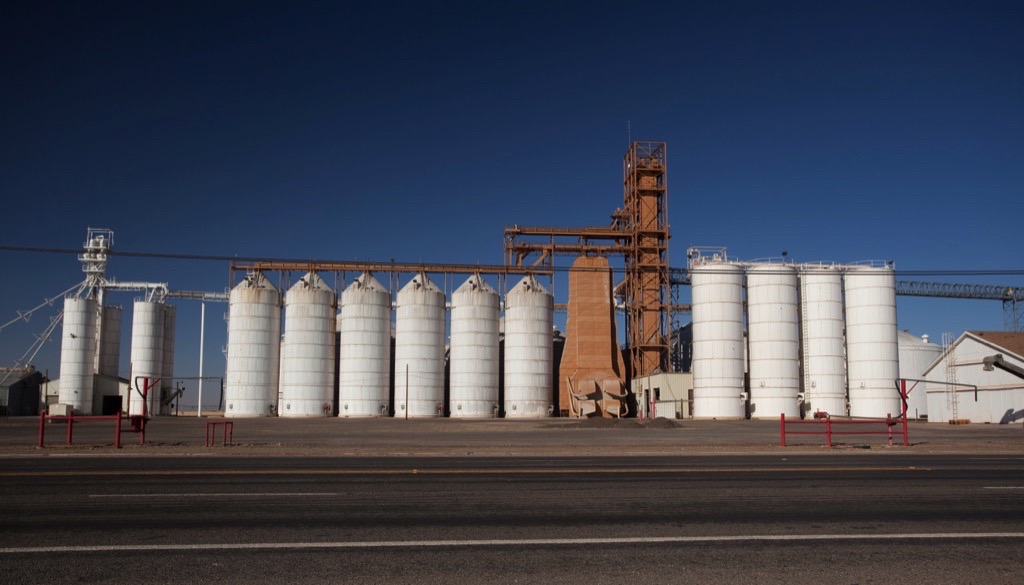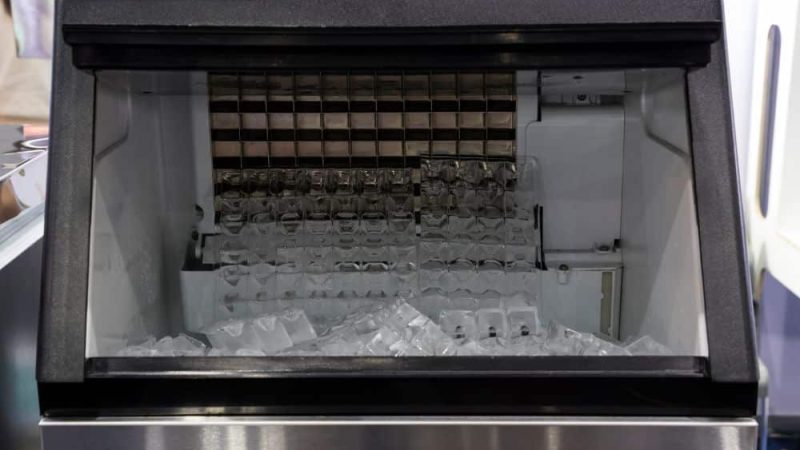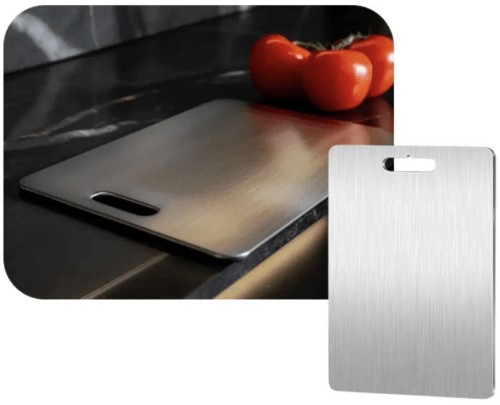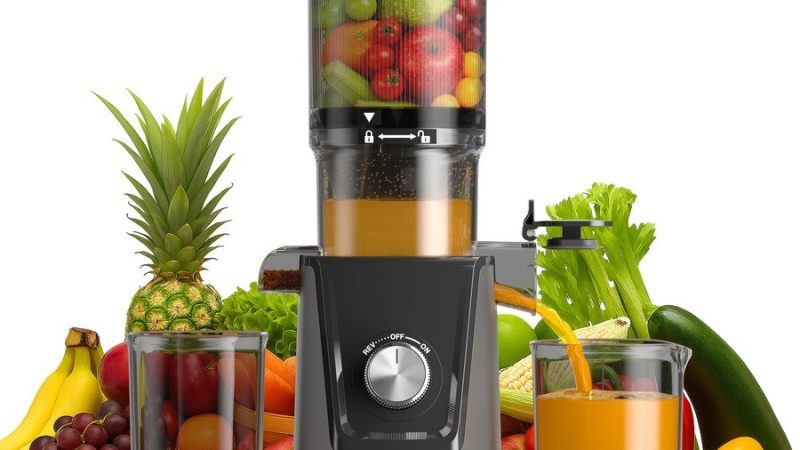Different Types of Bins and Bulk Silos

If you are looking for bulk silos, you may be wondering where to find them. They come in all shapes and sizes, from stainless steel hopper bins to bunker silos and even silos made from plastic. Whatever your needs may be, there is a bin that is perfect for your project.
Stainless Steel Hopper Bins
Stainless steel hopper bins are a great way to store dry materials safely and efficiently. They can also be used in a variety of industries.
These devices range from approximately 18″ in diameter to over ten cubic feet in capacity. Most units are open-top containers mounted on a steel frame with casters. Typical applications include medical and pharmaceutical facilities. Some units even have push lids or step-open pedals.
The best bins are designed to stand the test of time. They are also made to accommodate varying levels of material. The weight of the stored product is expressed in pounds per cubic foot.
Metal Storage Silos
If you are considering storing grain, there are many different options. Whether you’re looking for a concrete silo or a metal bin, there’s something to suit your needs.
Traditionally, silos are made of brick, concrete, or wood. They can be large or small and can be cylindrical or conical. Some more popular types include end-docked, vertical-sided, and horizontal-sided bins.
Silos can be built from high-quality structural steel, galvanized steel, or painted steel. Metal storage silos are used in various industries, including ports, flour mills, and feed mills. Depending on the type, they may store between 100 and 3000 kilograms of grain.
Bunker Silos
Whether you are looking to store raw materials or various products, there are many types of bulk storage equipment available. Knowing which type of equipment will best serve your needs is important.
There are three types of silos: steel panel, cylindrical, and concrete stave. All of these types can be used for storing various types of materials. Steel panel silos are usually shorter and require fewer foundation constraints. They can also be set up much more quickly than cylindrical silos.
Silos are cylindrical structures that can hold a wide range of bulk solids. Most cylinders are around 10 to 90 feet tall. They can be unloaded on conveyors or trucks.
Bag Silos
Bulk silos are a common method for storing and handling different kinds of materials. They are designed to provide stability and protection against the elements. This makes them ideal for agricultural or industrial applications that require large quantities of raw material.
These storage structures can be used for various materials, including grain, fertilizer, salt, and sand. Because they are airtight, they can be more economical than standard vertical silos. However, they are not recyclable. In addition, there are several hazards.
For instance, a silo can easily collapse, which can cause property damage and personal injury. It can also cause explosions. Some accidents have been reported, and people have been killed in the filling process.
Silo Plastic
When looking to store bulk materials such as grain, the choice between bins and silos is big. Both structures have advantages and disadvantages. They also require planning and a bit of forethought.
The best storage solution depends on the application. Some common types include bunker silos, bag silos, and tower silos. These storage systems are designed to be efficient, safe, and durable.
A bin is a vertical cylindrical structure that is shaped to contain bulk solids. They typically have a small roof and a larger base. This allows them to be installed in various locations. Depending on the application, a bin might have a square, round, or rectangular shape.







